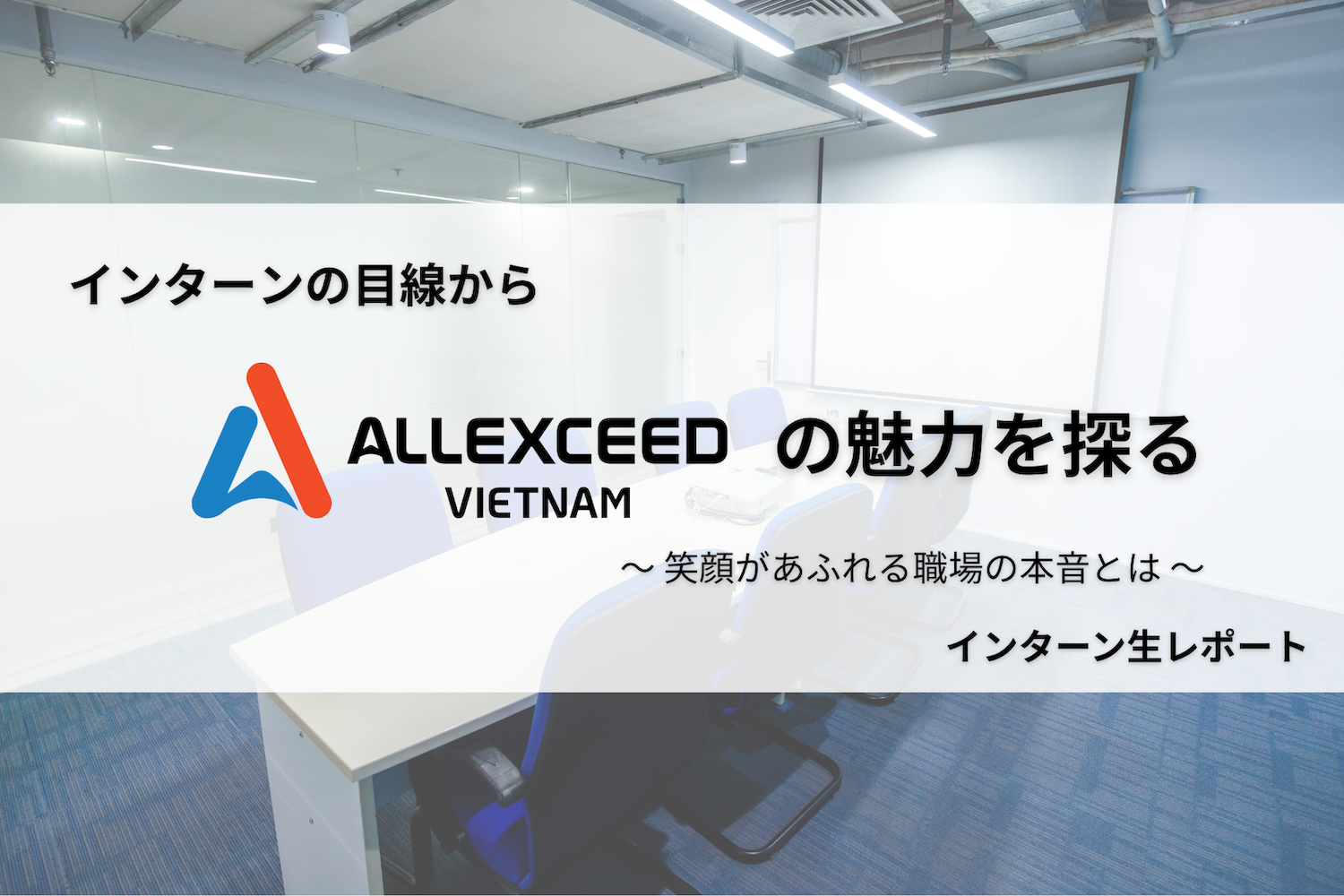2025/10/02
Share
What’s the Difference Between the Labo Model and Fixed-Scope Contracting? Real-world insights on offshore contract models from a provider with 20 years of experience

目次
- Introduction
- About fixed-scope contracting and the Labo model
- You pay for deliverables in fixed-scope; you pay for engineering capacity in Labo
- How to choose between them
- Real-world cases
- Hybrid by phase
- Allexceed Vietnam proposes what fits your project
Introduction
In offshore development, contract models broadly fall into two categories: the “Labo model (time & materials / quasi-delegation)” and “Fixed-scope contracting (deliverable-based / fixed).” While the contractual framework resembles Japan’s quasi-delegation in some aspects, the practical nuance differs.
This column explains the differences between the models and contracts, and how to choose the right approach per project—grounded in nearly 20 years of offshore delivery experience in Vietnam.
For clarity, what is commonly called an ODC (Offshore Development Center) is standardized here as the “Labo model.” Depending on context, ODC/Labo/T&M are treated as largely equivalent.
About fixed-scope contracting and the Labo model
What is fixed-scope development / fixed-price contracting?
Under a fixed-scope contract, the parties agree in advance on deliverables, quality, and deadlines. Completion and acceptance of the deliverables fulfill the contractual objective. Before signing, requirements, schedule, and cost (including estimation basis) are defined, and the vendor proceeds accordingly.
Payment is, in principle, after acceptance; milestone payments such as upfront or interim fees can be set by contract.
Advantages of fixed-scope contracts
- Budget/deadline certainty
Work proceeds against an agreed scope, price, and schedule—making internal approval easier. - Clear accountability for execution
The vendor owns detailed planning and progress control, reducing the client’s operational burden. Even without in-house engineers or PMs, development can be delegated. - Clear acceptance criteria
Acceptance tests and quality standards can be defined at contract signing, enabling objective acceptance decisions.
Drawbacks of fixed-scope contracts
- Rigid toward change
Scope changes or reprioritization often require contract amendments and extra costs. - Vulnerable to unknowns
If hidden assumptions surface after kickoff, re-estimation and process redesign can stall progress. - Weak fit with staged learning
For initiatives that iterate PoC → improvement → rollout, contract adjustments tend to multiply, inflating total cost and lead time.
What is the Labo model / T&M (quasi-delegation)?
The Labo model secures a dedicated team for a fixed period and swaps work items in short cycles based on client priorities and learning. Compared to fixed-scope, it’s designed to accommodate ongoing changes and reprioritization.
Advantages of the Labo model
- Flexible change handling
New features or resequencing can be absorbed via plan reallocation. While plan changes are easy, cost scales with effort. - Efficiency from team continuity
The same members persist, so past decisions and context carry forward. Fewer explanation loops, reuse of common components/test viewpoints, faster ramp-up, and steadier throughput. - Optimized allocation
Adjust role mix by phase and concentrate resources on bottleneck-prone stages.
Drawbacks of the Labo model
- Requires transparency and governance
Without an agreed way to visualize progress (e.g., remaining work trend, weekly completions, change log), evaluating outcomes gets fuzzy. - Risk of scope creep
If deliverables and KPIs are unclear, scope tends to sprawl and total cost/lead time may rise. - Cost scales with man-hours
You can swap scope without stopping the contract, but you pay for actual effort.
You pay for deliverables in fixed-scope; you pay for engineering capacity in Labo
In short,
- Fixed-scope = “pay for the finished product.”
- Labo = “pay for a running team.”
In exchange for flexibility and continuity, Labo requires active client involvement (prioritization, evaluation against agreed criteria).
Fixed-scope, by contrast, clarifies scope and often reduces management load but is weaker against mid-course changes.
How to choose between them
So when is each model a good fit?
When fixed-scope is a good fit
Requirements are well-defined
If functional/non-functional specs, external integrations, and test viewpoints are consolidated as documentation—down to pass/fail criteria—fixed-scope is the smoothest path. With solid estimation bases, cost and timeline become reliable, easing approvals at the board/executive level.
The vendor builds a WBS from locked requirements and prepares quality and test plans early.
The client can focus on review and acceptance; milestone tracking and acceptance decisions proceed linearly.
The fewer unknowns, the stronger fixed-scope performs.
The deadline is immovable
When there’s a hard date—statutory enforcement, end of support, partner switch-over—fixed-scope is suitable because plans can be backcasted from the date.
Design the critical path and buffers, tie payments and acceptance to milestones, and alignment across departments advances.
If delays occur, recovery follows the re-planning procedure defined in the contract, limiting decision drift.
The more deadline-driven the project, the more effective a plan-led approach is.
Limited change expected
If scope additions or reprioritization are rare and completion under the initial scope is likely, fixing things via contract pays off.
Changes still require amendments and impact analysis, but with low frequency, overall rework remains small.
Estimation accuracy, schedule adherence, and quality assurance stabilize, improving budget execution visibility.
Thin internal capacity
When you lack roles for requirement refinement, progress control, design leads, reviewers—and want the vendor to own the plan, daily control, escalations, and acceptance—fixed-scope fits.
Execution sits with the vendor; the client focuses on decisions and acceptance.
You can start without waiting for hiring or org build-out.
Need a fixed budget
If you must lock total cost and delivery date early to match annual budgeting or investment approvals, fixed-scope aligns well.
Agree on scope/quality/schedule and present cost breakdown and deliverable inventory to meet internal control requirements.
If you split into monthly-acceptable units, you can flatten and visualize cash outflow.
When the Labo model is a good fit
Priorities must change in short cycles
If feedback from market/operations requires swapping features weekly or biweekly, Labo matches.
Secure a dedicated team and reselect “what matters now” each sprint to pivot quickly to shifting opportunities and risks.
Update plans without stopping the contract and shorten decision lead time.
Requirements are fluid and exploratory
When hypotheses must be tested to sharpen requirements, Labo’s flexibility shines.
Iterate: PoC for technical feasibility → user validation for UX → implementation informed by learning—without repeated contract amendments.
The less “one-shot spec lock” is realistic, the more value short-cycle trials bring.
Large-scale renovation with phased transition
For migrations, data moves, and switching external services—where parallel run and back-out procedures are needed—Labo works well.
Switch by function, repeatedly verify equivalence and performance, and progress in waves.
If surprises arise, recompose the team/plan and keep moving, lowering stop risk.
Long-term continuous improvement
Ideal for roadmap-style themes that accumulate incremental wins—performance tuning, ops automation, UI polish.
Continuity preserves design intent and past decisions; explanation loops shrink; reuse of shared components/test views grows; sprints start faster.
Multiple streams in parallel
When one team must handle small enhancements and maintenance across multiple products and vary allocation monthly, Labo fits.
Shift people to hot spots and slow down settled areas—without changing the contract.
Good for portfolio-level throughput optimization.
Need flexible team composition
If you must reweight design/dev/QA/ops weekly and surge resources into blockages, Labo helps.
For example, emphasize design and DB early, beef up dev and QA during build, then focus on monitoring and dry runs before cutover.
Bottlenecks clear faster, shortening total lead time.
Want to keep moving without pausing the contract
In organizations that must swap active themes due to external dependencies or executive calls, the ability to update plans without re-signing the contract is a weapon.
Costs scale with effort, but by designing monthly caps and rules for reprioritization, you can balance cost control with agility.
Real-world cases
Below are examples from Allexceed Vietnam’s nearly two decades of offshore delivery—where we used fixed-scope and where we used Labo.
Fixed-scope example: IC card management system
- Client: Cable TV–related company
- System: Business management system
- Scope of work:
We delivered a centralized system to manage IC card issuance, renewal, revocation, and inventory under a fixed-scope contract.
Because the legacy system’s end date was clear and the prior vendor’s contract termination was set, we had to backcast the plan from an immovable deadline.
Given limited in-house engineers/PMs and a desire to delegate progress and quality control to the vendor, fixed-scope—predefining deliverables and acceptance criteria—was appropriate.
Payments were tied to development phases.
Labo example: Desktop application migration
- Client: Trading-conglomerate-affiliated SIer
- System: Core desktop business application
- Scope of work:
The project involved migrating from Windows 7/VB6 to VB.NET and handling multiple databases (PostgreSQL and Oracle). Post-implementation, behavioral differences and optimizations were likely, requiring short-cycle verification and plan reshaping—well-suited to Labo.
There were explicit requirements for equivalence with the current system and adherence to coding standards. To meet them, we repeated short cycles of verification against the converted code, which aligns naturally with the Labo model.
See more detailed case information here.
Hybrid by phase
You don’t have to pick only one. Switching by project phase and uncertainty often balances speed, quality, and cost.
For instance, launch with fixed-scope to ship must-have features by the deadline, then move to Labo in operations to reprioritize and improve. Or start with Labo for validation, then shift stabilized chunks to fixed-scope.
Fix what must be fixed with a contract; evolve what must change with Labo. Switching modes by phase makes balance easier.
Allexceed Vietnam proposes what fits your project
Backed by 20 years of offshore experience in Ho Chi Minh City, Vietnam, Allexceed Vietnam will propose the most suitable approach.
Considering offshore development? Please contact us.
Related column
Related column
OFFSHORE
Offshore Development Services by
ALLEXCEED VIETNAM
ALLEXCEED VIETNAM is a Japan-invested IT solutions company with over 20 years of development experience in Vietnam, specializing in software and system development services.
We offer high-quality offshore development services through our "Offshore Development 2.0" model—an enhanced approach built upon traditional offshore development methods.






